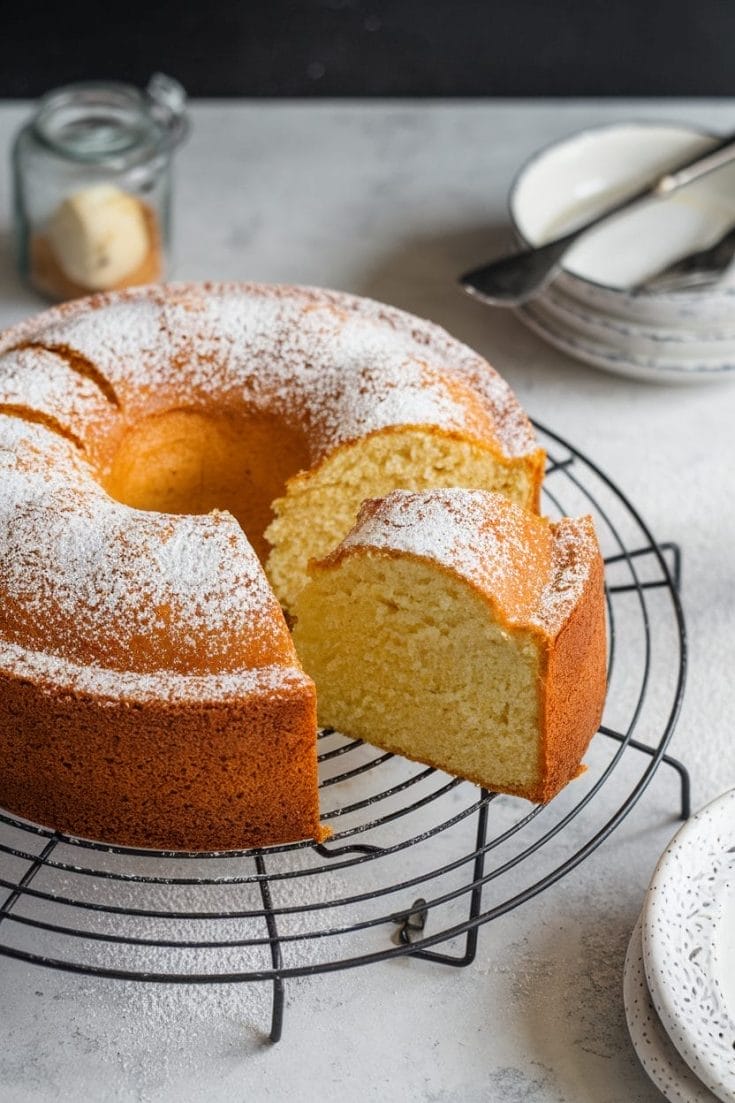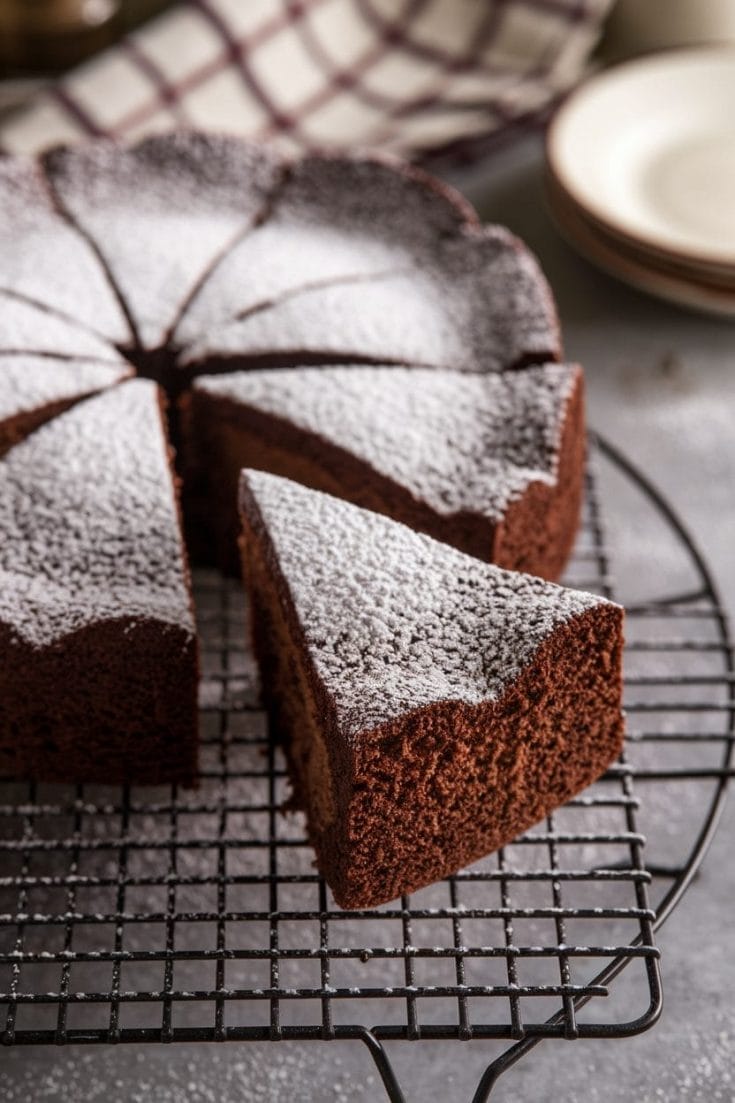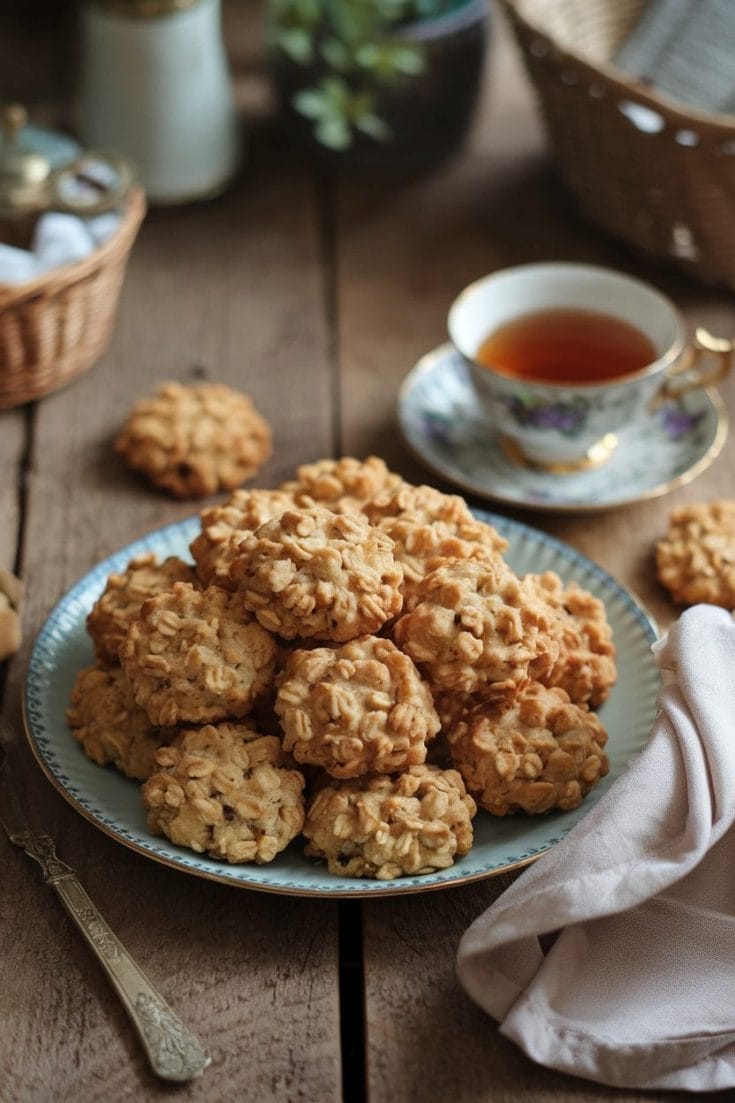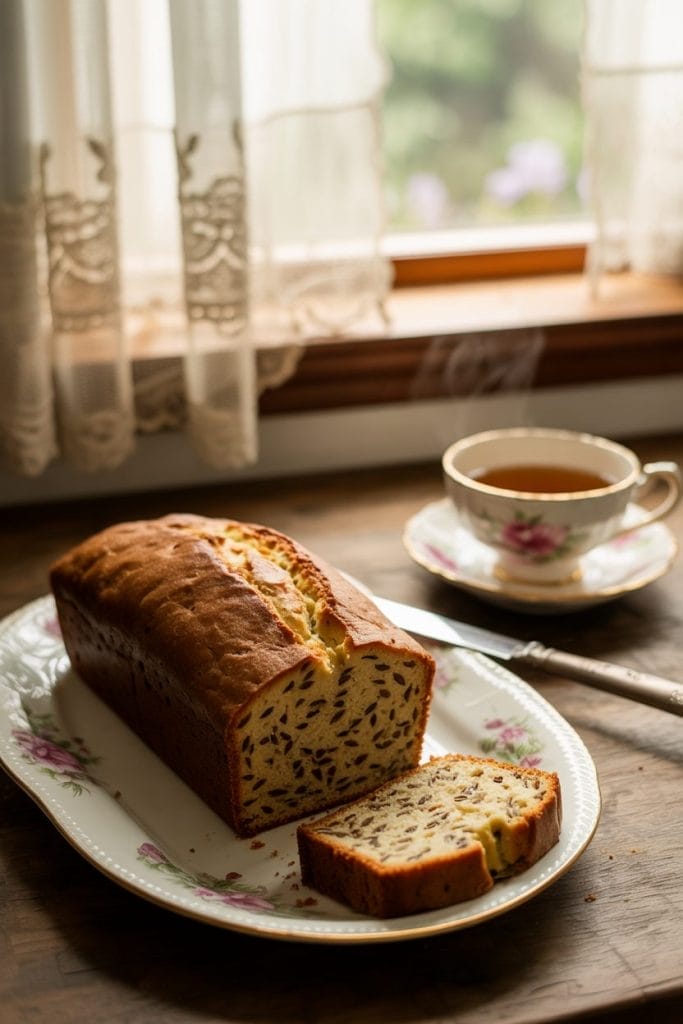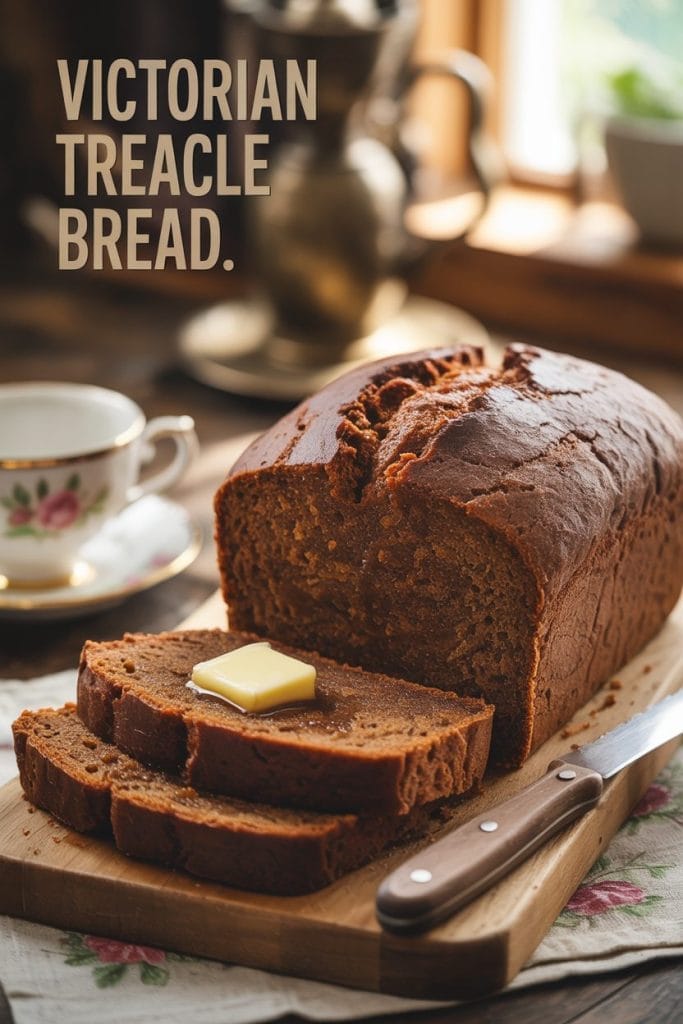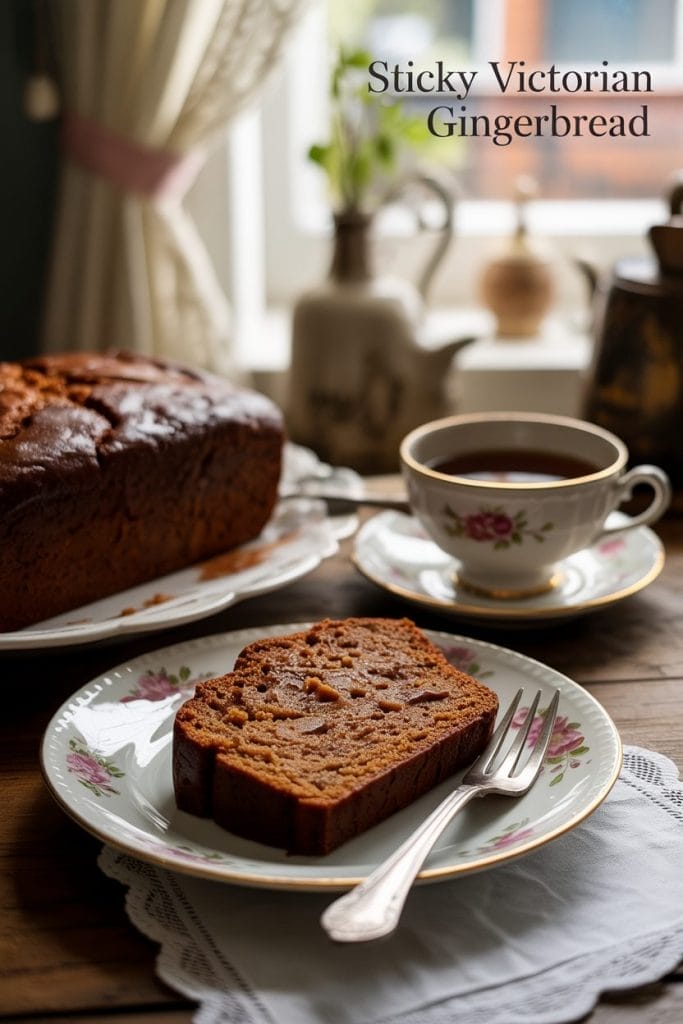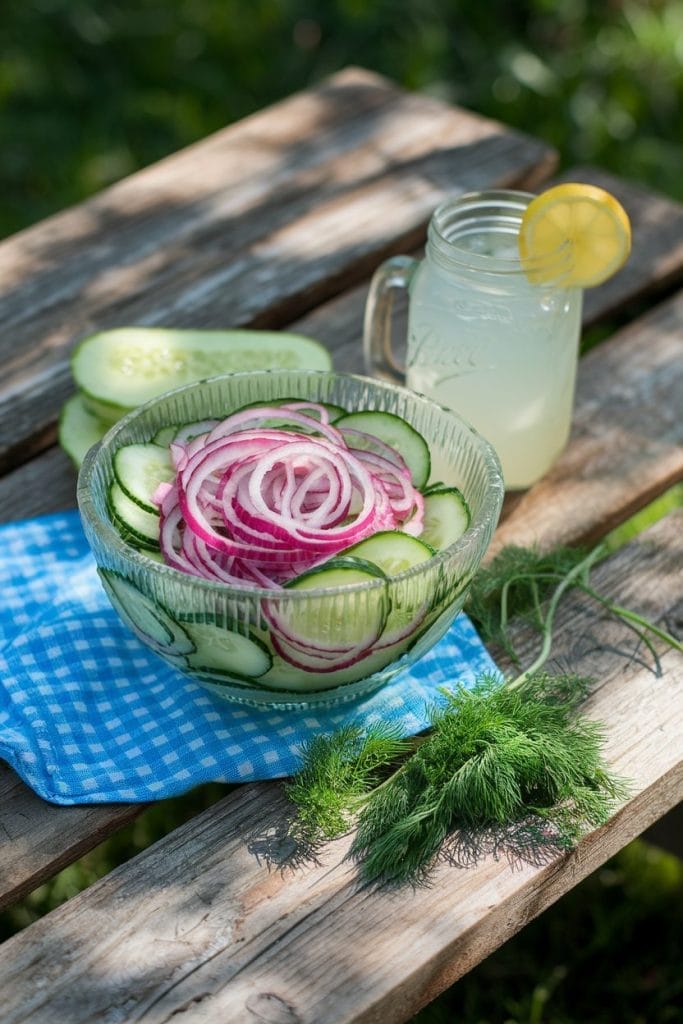I Made These FREE Vintage Recipe Tools JUST For You
This recipe was created with help from AI tools and carefully reviewed by a human. For more on how we use AI on this site, check out our Editorial Policy. Classic Fork earns a small commission from Amazon and other affiliate links at no extra cost to you, helping us keep our content free and honest.
9 Wartime Dessert Recipes That Kept Spirits High in the Darkest Times
Time Period:
Meal Type:
Imagine baking a cake with no butter, no eggs, and barely any sugar—yet somehow, it still brings comfort with every bite.
During wartime, families got creative in the kitchen, whipping up sweet treats with whatever they had.
These desserts weren’t just about taste; they were a symbol of resilience, resourcefulness, and hope.
Today, we’re revisiting 9 wartime desserts that lifted spirits when times were toughest.
What Would You Cook in Wartime?
Step back in time and discover what you could make with limited wartime rations
9 Wartime Dessert Recipes
Sugar was rationed. Butter was a luxury. And yet, people still found a way to enjoy a slice of cake or a comforting cookie. Wartime baking was all about doing more with less, turning everyday pantry items into surprisingly delicious desserts.
These 9 recipes are a testament to human ingenuity—and they just might become your new favorite treats.
Wartime carrot cake emerged during World War II when sugar, butter, and eggs were rationed. The government encouraged people to use alternative sweeteners, such as carrots, which provided moisture and natural sweetness. This cake became a household favorite, proving that delicious baking could thrive even in times of scarcity.
Known as the “Poor Man’s Cake” or “Wacky Cake,” this recipe dates back to the Great Depression era when households had to make do with minimal ingredients. Bakers found creative ways to make cakes rise and taste good without dairy or eggs, often using boiled raisins for moisture and sweetness.
This cake was born out of necessity when rationing made dairy and eggs hard to come by. Home bakers got creative, using vinegar and baking soda to create a chemical reaction that gave the cake its signature fluffiness. Over time, Crazy Cake became a beloved recipe, passed down through generations. Even today, it remains a favorite for its simplicity, affordability, and deep chocolate flavor.
During World War II, many countries implemented rationing systems to ensure fair distribution of limited resources. Ingredients like sugar, butter, and eggs were scarce, prompting families to adapt their cooking habits.
Bread, being a staple, became the foundation for numerous dishes, including the beloved Bread Pudding. This dessert was a perfect example of “make-do-and-mend” philosophy, utilizing stale bread and minimal sweeteners to create a satisfying treat.
Over the years, Bread Pudding has evolved, but its roots in wartime ingenuity remain a testament to culinary adaptability.
During World War II, food rationing was a reality across Britain. Stale bread—something no household could afford to waste—became the hero ingredient for many dishes.
Bread pudding stood out as a favorite, combining scraps with a few sweet touches to create a delightful dessert.
It was a dish that symbolized ingenuity and the ability to make do with limited resources.
World War II brought about a spirit of ingenuity in kitchens worldwide. With sugar, butter, and other staples rationed, home cooks adapted by crafting recipes that made do with what was available.
Oatmeal became a popular choice for cookies, as it was filling and readily available. These cookies offered families a sweet treat during challenging times, embodying the resilience and creativity of the era.
During World War II, food shortages meant that staples like eggs, butter, and milk were luxuries.
Vinegar Cake became a household favorite because it required none of these rationed items. Instead, vinegar combined with baking soda acted as a leavening agent.
This cake, also known as “Wacky Cake” or “War Cake,” reflects a time when ingenuity met the necessity to create something memorable and comforting.
During World War II, rationing meant fresh apples were often hard to come by. Home cooks got creative, finding ways to replicate familiar dishes without traditional ingredients.
Mock Apple Pie became a hit, as it used common pantry staples like soda crackers, sugar, and lemon to mimic the flavor and texture of apples.
This recipe became a symbol of resourcefulness, passed down through generations as a nostalgic nod to resilience.
During WW2, sugar and other baking staples were rationed, leading to creative recipes using alternative sweeteners. Carrots, naturally sweet and readily available, became a popular substitute. These cookies offered a way to enjoy a sweet treat without breaking rationing rules. They’re a testament to ingenuity and perseverance.

Maggie Hartwell
Hi there, I’m Maggie Hartwell, but you can call me Maggie—the apron-clad foodie behind Classic Fork! I created Classic Fork because I’m convinced food has a way of telling stories that words can’t. So, grab a fork and dig in. The past never tasted so good!


